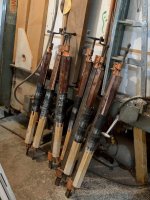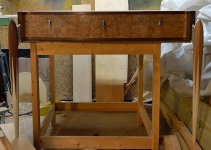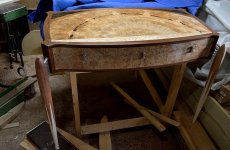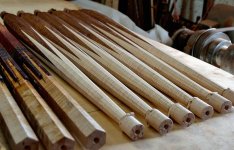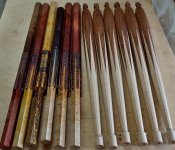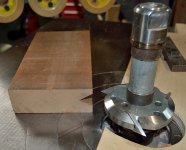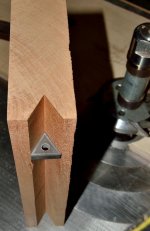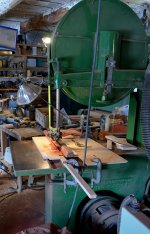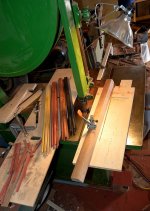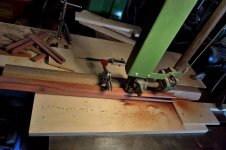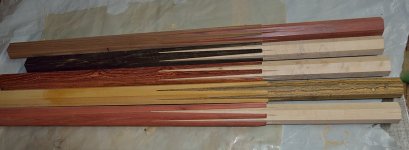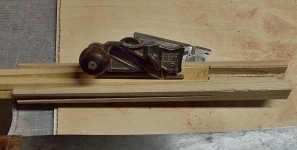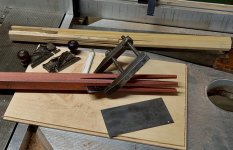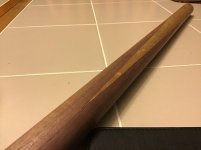I use a lot of WEST epoxy most years for "other woodwork" & also Titebond extend, and some Titebond 3. All of are on hand. WEST can sometimes bleed and make a more obvious glue line, than Titebond. Titebond glues some wood better than WEST (Hard maple) unless the maple is scarified and treated like an exotic.
I've made full splice joints with both glues, but never this wood combination:
For a full splice, Honduran rosewood (or other Dahlbergia) into curly maple, who prefers which glue?
Has anyone used one, then switched, and which did you think is better?
Both factories say rinse & wipe the rosewood with acetone. Practice that for other millwork. OTOH, I find it difficult to consider, for the prongs. Only takes messing up a sliver or so in the wrong place to ruin the appearance of a joint.
thanks,
smt
I've made full splice joints with both glues, but never this wood combination:
For a full splice, Honduran rosewood (or other Dahlbergia) into curly maple, who prefers which glue?
Has anyone used one, then switched, and which did you think is better?
Both factories say rinse & wipe the rosewood with acetone. Practice that for other millwork. OTOH, I find it difficult to consider, for the prongs. Only takes messing up a sliver or so in the wrong place to ruin the appearance of a joint.
thanks,
smt


